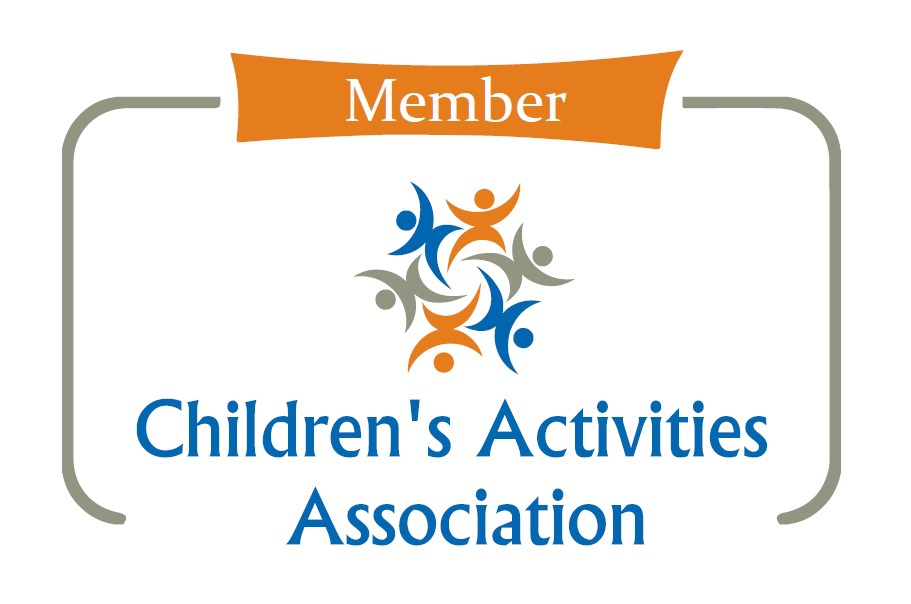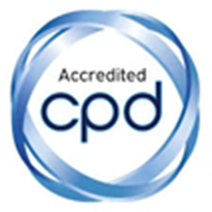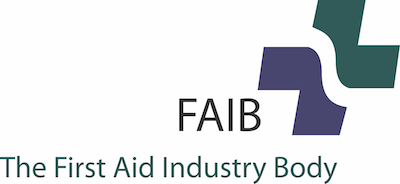It’s Weaning Week (from 12th May 2025), a celebration of this exciting time for both you and your baby as you try out new foods and experiences. But we know at Mini First Aid that choking is your number one first aid fear, so this can also be a time of increased stress and anxiety. So this week we are putting your minds at rest with our expert guide to preventing choking and what to do should you find yourself needing to deliver first aid treatment to your baby or child. We also have a real life story to share to remind you why everyone looking after your child should know how to administer life-saving first aid.
Kara, James and Bronagh’s story
Little Bronagh was just 4 months old when she had a choking emergency. She had suffered with reflux since birth, and Kara and James were managing with generic reflux advice, which was to make sure that Bronagh was held upright for 30 minutes after each feed.
But one day, whilst changing Bronagh, James noticed his usually gurgly baby girl had fallen completely silent. On looking at her face, James realised Bronagh was choking and struggling to breathe...
Having attended a Mini First Aid class just 3 days before, James immediately checked for signs of breathing, before picking Bronagh up and administering back blows. After 2 rounds, little Bronagh began breathing again and James was able to put her in the recovery position whilst calling 999. The first response handler kept James calm until the ambulance arrived, thankfully only 5 minutes later.
James describes his feelings whilst dealing with the incident as:
“Firstly fight or flight and mild panic at the start of her choking episode. Then when the paramedics arrived I had a sense of reassurance and relief as I had taken the correct steps and she was getting the appropriate medical care”.
Following the incident, Bronagh was taken into hospital where severe reflux was diagnosed as the cause. Kara and James knew Bronagh had reflux, but had never been informed that in severe cases, it can cause choking. They are passionate that other parents are warned about this, and that reflux is recognised as more than just “spit up” and lots of additional laundry!
Kara is also a huge advocate of learning first aid, following Bronagh’s experience and says:
“Without a doubt, we would advise other parents to undertake a Mini First Aid course. We hoped we would never need it, and certainly didn’t think we would need it so soon, but it provided us with the know how and what to do in a situation exactly like Bronagh’s. We would also advise parents to ensure that all steps are being taken to manage reflux, as often it can be described to parents as a bit of spit up, and not the extreme situation that can cause choking.”
Following the choking episode, Bronagh is now being treated with Gaviscon infant and Omeprazole, and this will continue until she has been fully weaned. She’s thriving and growing fast, and has just had her first tastes of solids – porridge is a particular favourite so far and Kara and James are loving seeing her facial expressions as she tries a world of new flavours!
Preventing choking through careful food preparation
 It sounds obvious, but foods need to be cut up correctly, as shown in the image above – with larger grapes, sausages and cherry tomatoes, quartered slices might be the best option – just make sure they are thin.
It sounds obvious, but foods need to be cut up correctly, as shown in the image above – with larger grapes, sausages and cherry tomatoes, quartered slices might be the best option – just make sure they are thin.- You can also take skin off sausages, fruit and vegetables as these are the bits that babies and children find most difficult to chew
- Nuts can be given as nut spread – but make sure it is thin because the gloopy, sticky texture of nut butters can stick in the throat.
- White bread, especially if not toasted can make a doughy ball which can lodge in the throat – wholemeal or toasted bread can be a better option but whatever bread you offer, cut it into small fingers.
- Meat should be presented in small strips with any fatty bits, skin and bone removed.
Establishing good eating habits from an early age
Children are much more likely to choke if they are not sitting down to eat. It is also not advisable to leave a baby or child alone when eating. This is because choking is silent and even if you’ve just popped to the loo, this could very sadly be long enough for a child to choke. Sitting down at the table together to eat is the safest way to avoid a choking incident.
Chopping their food carefully as detailed above is extremely important – as children get older, show them how to do this so they can learn how to do this themselves in the future.
Finally, sitting down together enables babies and children to learn to chew. Make sure you are careful with how you eat yourself – babies watch EVERYTHING and if you are shovelling down your food in great gulps, they will learn these bad habits! Even if babies don’t have teeth, they are still learning to chew by mashing food with their gums.
So at Mini First Aid we advise that you “Sit, Chop, Chew” – we even have a lovely book as part of our excellent value choking prevention bundle which you can buy here. We recommend you read this together to make sure everyone in the house learns good habits! The bundle also includes a grape cutter and choke tester for added peace of mind, as well as a fridge magnet detailing the first aid steps you need to take when dealing with a choking child.
 What do I do if my baby or child starts choking?
What do I do if my baby or child starts choking?
Stay as calm as you can – you need to act quickly.
Babies under 1 like Bronagh need a different technique to children:
- 5 back slaps
- Up to 5 chest thrusts (jabbing motion). Check if anything comes out. If nothing has come out, call 999
- Cycles of 5 back slaps and 5 chest thrusts
Children over 1:
- Encourage child to cough
- 5 back slaps between shoulder blades. Check if anything comes out and check mouth
- Up to 5 abdominal thrusts. Clenched fist between tummy and breastbone, with other hand over the top. In and upwards motion. Check if anything comes out. If nothing has come out, call 999
- Cycles of 5 back slaps and 5 abdominal thrusts.
As you can see in the videos, you need to apply quite a bit of force to dislodge the blockage when someone is choking. Don’t forget that if you have delivered chest thrusts or abdominal thrusts, you must take your child to hospital to make sure no injuries have occurred, just like Kara and James did with Bronagh.
If you’d like to learn the techniques demonstrated above in real life, or if you need a refresher, book on to our Baby and Child 2 hour class, where you’ll learn how to deal with choking as well as burns, bleeds, febrile seizures, meningitis and more.
Thank you to Kara, James and Bronagh for sharing their experience, and for encouraging parents to become more informed about reflux and choking. By sharing experiences, we can hopefully prevent another family having to go through such a frightening ordeal. We are completely thrilled that little Bronagh is happy and well, and hope that you all enjoy a safe and exciting Weaning Week as your littlies explore new flavours! Yum!
Mini First Aid x







